Women in Paddling: Reflections on the El Niña Expedition
June-July 2000
This is an article from WaveLength Magazine, available in print in North America and globally on the web.
by Alice Weber
 |
Jody, Buffy and Robyn-a morning on gentle swell Photo Alice Weber |
We had been on the water for almost a month. By that point, we were halfway between Prince Rupert and the northern tip of Vancouver Island. On that particular day, we were quite happy that we had given ourselves four months to paddle the Outside Passage from Alaska down to Vancouver. The sun was shining and the wind was calm as we made the crossing from the Estevan Group to Camapania Island. We had selected a possible lunch spot on the charts and when we got there, we discovered an expansive beach of fine white sand. We looked around at each other and asked, "why stop for an hour when we can spend all day here?" So, we spent the rest of the afternoon basking in the sunshine, playing cards and tossing the frisbee around until the tide crept up towards the driftwood and reclaimed our playing field.
We all had different reasons for embarking on this journey. Robyn Irvine, Buffy Lundine, Kristin Maddox, Jody Simmons and I planned to be the first all-woman team to paddle the Outside Passage of Canada's West Coast. We wanted time to explore the natural world, to challenge ourselves, to have time to relax and to give something back to the wilderness. We cleaned up some beaches along the way that had collected debris floating in from the sea, and the BC Forest Service cruised out to pick it up. Upon completion of our journey, we toured for a month across Canada with a slideshow that not only shared our story, but promoted minimum impact camping practices.
We decided to travel without an expedition leader. Each decision would be based on the most conservative voice. As we neared Cape Caution, fog rolled in and we all pointed our boats into wind as we bobbed up and down on the swell. We pulled out our compasses and stared at the chart, trying to assess if there might be any safe pullouts on the way to the infamous and unforgiving Bernett Bay. Jody thought that we should turn back and though we spent another few minutes re-examining the cobble beaches and reefs that were marked on the chart, we ended up heading north back to the safety of Blunden Bay.
Other days, it wasn't so easy to listen to the most conservative voice in the decision-making. At the start of the fourth month, for example, we were attempting to head around Estevan Point on the west side of Vancouver Island. As we approached the point and its telltale lighthouse, we spotted a dark fog bank on the horizon. The shore was rocky, but the lighthouse keepers had cleared a channel in among the rocks that offered protection from the northwest swell. We landed and enjoyed lunch and handfuls of blackberries as we waited for the sky to turn blue again. Within two hours, the fog was gone but our channel was swallowed up by the tide. We picked our way out through the waves and rocks, heading out a half-mile in order to avoid the offshore reefs.
Suddenly, out of nowhere the fog closed back in around us and we were left with nothing to guide us other than our compasses and the drone of the foghorn. Buffy and Robyn wanted to turn back, but we quickly realized that there was no safe place to land because the path had been engulfed by the sea. There was no conservative voice anymore. If this had happened earlier in the journey, it might have been more difficult to handle. But after three months of traveling together, it felt comfortable and natural to set our compasses and inch our way southward. I could not see anything other than my four friends surrounded by a curtain of white. After what seemed like hours, the tops of cedar and hemlock started to protrude above the blanket of white. Another few miles and we rounded the next point and entered its protection from the swell so that we could land for the night.
On a day to day basis, we fell into a rhythm with the sea. We watched the moon wax into fullness, signaling another food pick-up and a start to another month of the journey. Decisions that were time consuming at first, like picking a campsite or making route choices, became as natural as our paddle strokes. We did not have any scheduled tasks. Each person took on as many tasks as she wanted to on any particular day, whether it was setting up the tarp, making dinner or simply writing in her journal. It seemed that when we were out at sea, we were five individuals working together, whereas when we passed through small towns like Klemtu or Kyuquot, we were a unit, the niñas.
We did run into some instances of disbelief along the way. At Hot Springs Cove, we met a thirty-five year-old man from New York who asked us where we had come from. When we told him we had paddled from Alaska, he simply said, "No you didn't, no you didn't". We met a retired woman in Jordan River who inquired about our trip. She responded by saying, "Well, you do have some men along with you, don't you? To set up the tent, or for when it gets rough out there?" Before we left on the trip, one man said to Robyn, "That trip will make men out of you." She promptly responded, "I certainly hope not."
The most remarkable aspect of the journey was the support and energy that we received from friends, family, strangers and sponsors along the way. It seemed that as soon as we had the spark of an idea, people believed in us and their generosity was unending. Even the La Niña weather worked out in our favour, with only eleven days of rain in four months. One image that will always be etched in my mind was an old man that we passed on the shore on our way out of Victoria. When he looked out at the water and saw us coming, he unsteadily scrambled down through giant rocks and out onto a small point. I looked over at him and he was thrusting his clasped hands together up in the air, smiling at us with tears in his eyes.
Alice Weber was the youngest Niña, at age 21. She is now pursuing a degree in biology at Selkirk College in the Kootenays and spends her summers sea kayak guiding with Northern Lights Expeditions. ©
|
It's easy enough to say that men and women are equal, but when it comes to certain aspects of kayaking, men have a definite advantage. There are several revolutionary bathroom techniques for women that until now were only passed on secretively over a campfire. Today, these methods are in print in the hopes that many women will travel more comfortably and safely in kayaks and in the woods. I have paddled alongside men who are able to stealthily pee from their boat, with or without the use of a bailer, and hardly miss a stroke. If you plan to paddle along routes where safe pullouts are hours apart, it is important to be able to relieve yourself along the way. You can try squatting with a bailer in your cockpit, but it is unsteady in big water, and poor aim can have disastrous results. Instead, you may prefer a method that requires a little more cooperation from friends. First, pull up alongside someone you trust. You will both need to push any bags that are in your cockpit down towards your feet. Have her firmly hold onto the combing of your cockpit by your right and left arm so that the boat is very steady. Carefully stand up, turn around so that you are facing the sterns and place one foot into your friend's cockpit between her knees. This next part is where the visual protection of your spray deck comes in handy. You will want to pull down your pants and squat between the boats, with one cheek resting on each deck. When you are finished the ocean offers a perfect bidet. Then repeat the process in reverse order insuring that your friend is still holding tightly onto your boat. If it is possible to land, a quick pee break can sometimes prove to be an ordeal. Are you going to use toilet paper? What will you do with it afterwards, burn it or carry it out? If you prefer to use leaves, be sure to choose ones without surprise consequences. The ultimate solution does away with all of these external factors. All you need to do is crouch and pull everything (and I mean everything) out of the way. And voila, a quick and hassle free pit stop. A final word of advice for any woman who likes camping and totes pocketfuls of tampons with her. There is a new product on the market that is called the Keeper. It is a rubber cup that acts as a seal and collector. Whether I am hiking, kayaking or travelling, I never have to worry about running out of tampons or getting an unwanted surprise on a weeklong trip, as long as I carry the Keeper with me. It is comfortable to wear doing any sport and can be used for up to ten years. As well, it eliminates the hassle of carrying a nasty zip-lock around with you or trying to sneak tampons into the fire. While I am kayaking, I simply empty and rinse it in the ocean. If you like, you can rinse it with freshwater as well, before popping it back in. The Keeper is available at most health-food stores or 1-800-663-0427, www.keeper.com Good luck to all those who give any of these techniques a try. See you on the water, but hopefully I will not see you when you are trying out the first technique. -Alice Weber © |

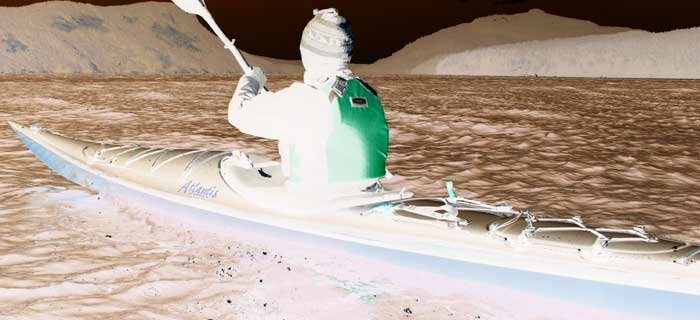
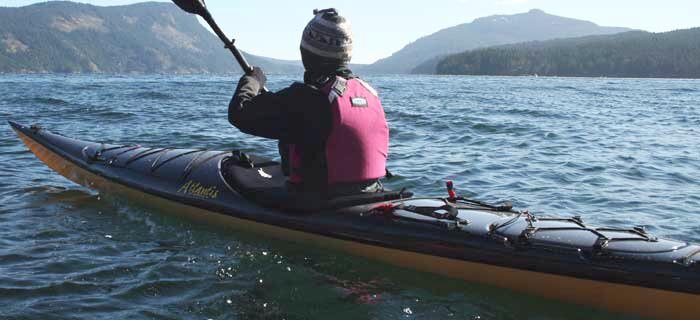
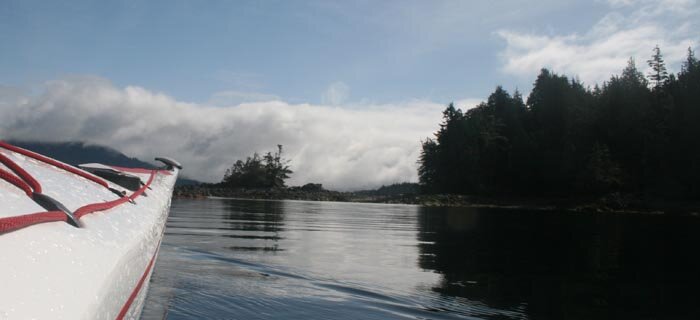
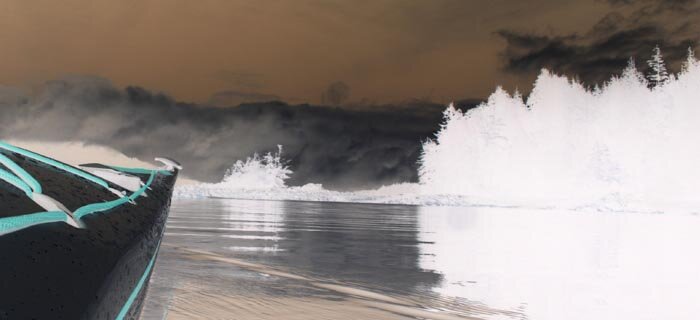
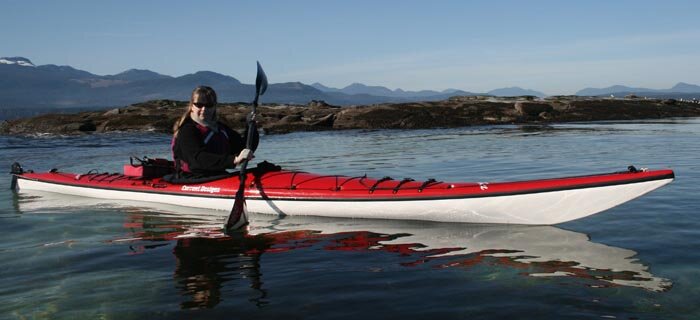


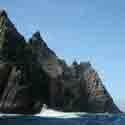













 This site uses valid HTML, CSS and Flash. All content Copyright © 2010 Wild Coast Publishing.
This site uses valid HTML, CSS and Flash. All content Copyright © 2010 Wild Coast Publishing.